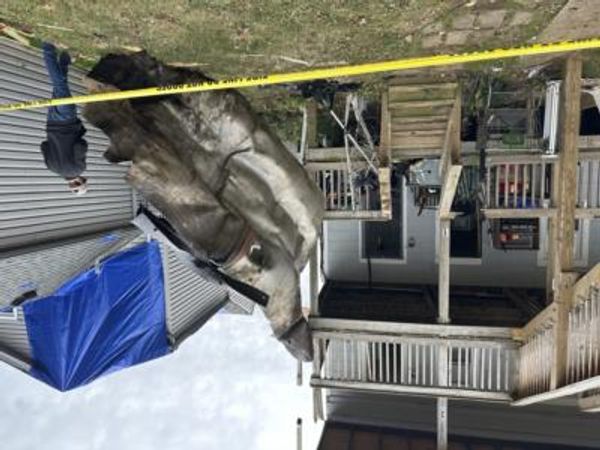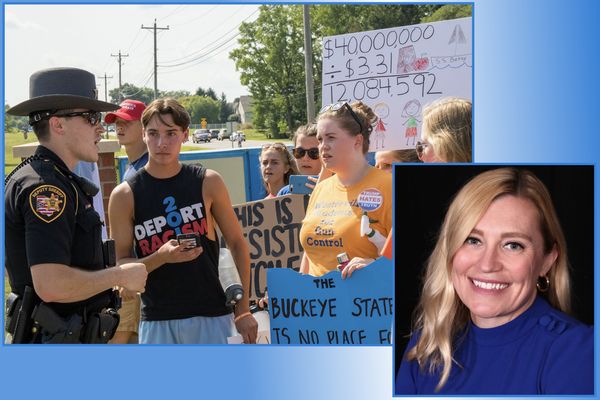Lower-than-expected tyre degradation, and a no-lose strategy scenario, triggered the Mercedes call to commit George Russell to his winning one-stop in Formula 1’s Belgian Grand Prix.
The Mercedes driver had been stuck in the pack in the early stages of the race, as the frontrunners circulated together in DRS trains.
But as his opposition covered each other from undercuts and he shuffled to the front, Russell and Mercedes made the decision to change from their anticipated two-stopper.
The scenario had opened up because tyre degradation around the Spa circuit, which had been expected to be quite high due to the new track surface areas, came in much lower than anticipated.
That meant that, while a one-stop had appeared to be out of touch before the race, it was suddenly possible to pull off.
And the call became a reality when Mercedes’ strategy data suggested that if Russell stopped for a second time he would come home in fifth – whereas the worst-case scenario if he kept going was to finish in the exact same position.
That meant it was worth trying to make the one-stop work – which Russell pulled off brilliantly to secure his second win of the season.
Speaking after his victory, Russell said: “Amazing, amazing result. We definitely didn't predict this win this morning in our strategy meeting, but the car was feeling really awesome.
“We made a lot of changes from Friday night, and the tyres just felt great. And I just kept saying, you know, I think we can do the one-stop. I think we can do the one-stop. The strategy did a really great job.”
Asked who pulled the trigger on the one-stop, Russell added: “I mean, I was focusing a lot during the race. So, I'll have to listen to the radio comms back, but it was a team effort: Joey Leo, all the strategy guys, did an amazing job. And always it is that team effort. So, we rolled the dice.
“But it was only possible because the car was feeling really great, and the pace was there. So, yeah, 1-2, such a good result.”
Mercedes boss Toto Wolff told Sky: “We didn't think it was possible but at a certain stage we said let's stay out because we're going to finish fifth anyway in both scenarios. He stayed out and at the end he made it work.”
Russell’s team-mate Lewis Hamilton closed right in on him at the end, but struggled in the dirty air to be able to find a way past.

He also expressed a slight annoyance that he had been committed to the two-stop scenario despite his tyres being good at the end of each stint.
“I was trying to get closer, obviously, but George did a great job on going long on the tyres every stint,” he said. “I had tyres left, but the team pulled me in so...unfortunate, but it is one of those days.”
However, Hamilton said the 1-2 was a huge triumph considering how bad the car had been in Friday practice.
“We had such a disaster on Friday,” he said. “The car was really nowhere, and we made some changes.
“It was hard to see what it was going to feel like, obviously, because of the wet yesterday. But the car was fantastic today, and we really owe it to everyone, both here doing a solid job through the pit stops and strategy, and the guys back at the factory.”
But all his hard work was for naught, as his car was found to be at the minimum 798kg weight limit when the FIA initially weighed it and, after draining 2.8 litres from the fuel tank in order to take his one-litre fuel sample for scrutineering, it was found to be 1.5kg underweight.







